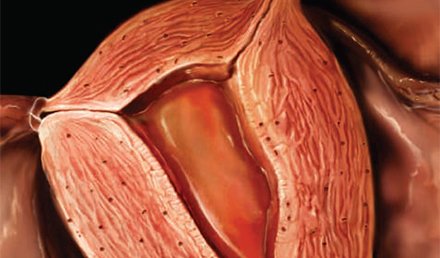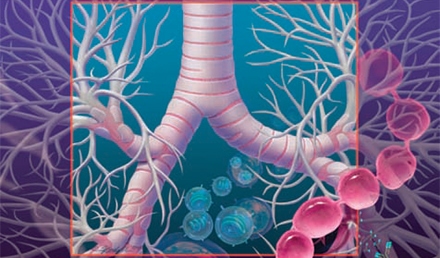Urgent message: though sometimes viewed as an easily controlled disease, asthma can become a medical emergency quickly. It is important for the urgent care clinician to be able to recognize the signs of a potentially life-threatening asthma exacerbation – and know how to treat it accordingly. Muhammad Waseem, MD, Nicholas Caputo, MD, Geeta Krishna, MD, Joel Gernsheimer, MD Introduction Asthma is an episodic and reversible airflow obstruction. It is the most common chronic disease in …
Read More









